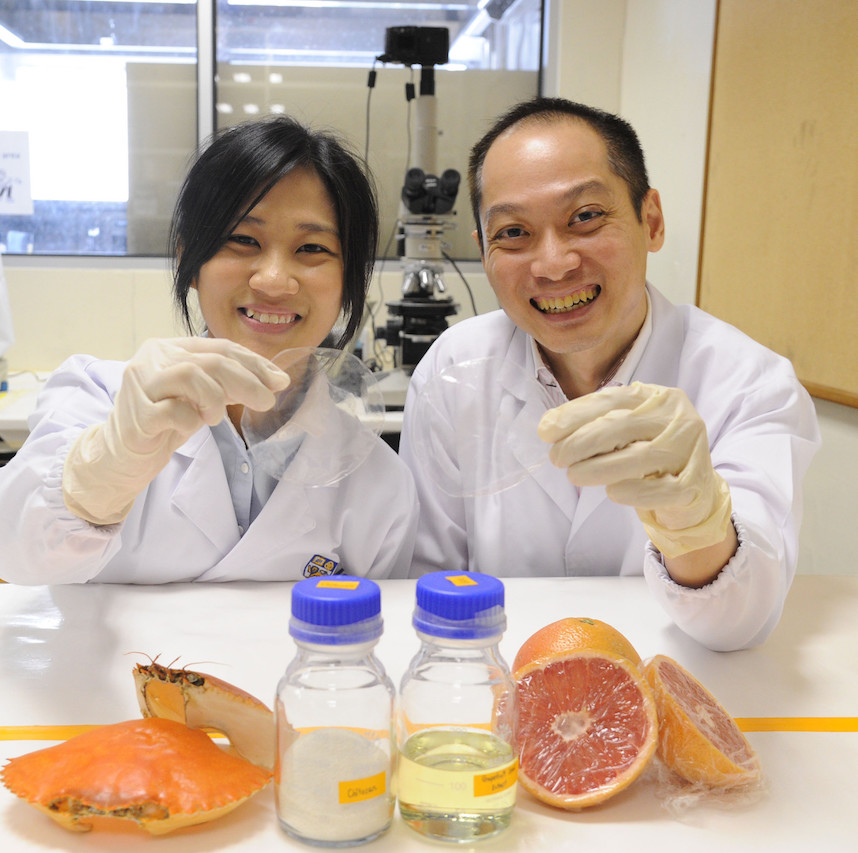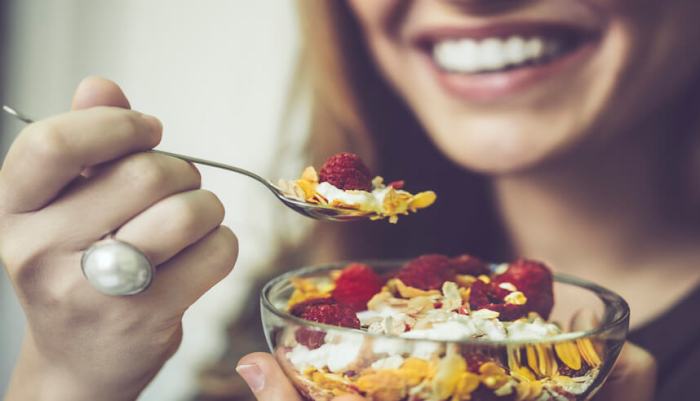A new “green” product could put an end to a fridge full of rotting food. Scientists at the National University of Singapore have created a new type of eco-friendly packaging, which extends the shelf-life of perishable food. It’s a natural film, which is similar to the plastic used in clingfilm or ziplock bags, made from grapefruit seed extract. After three years of development, the wrap has shown amazing results: bread has its edible life doubled. Related: Smart lunchboxes monitor your meals The new pack is non-toxic, biodegradable and blocks ultraviolet light. “Now we want to test it on seafood, dairy products and meat,” says Thian Eng San, professor of the Department of Mechanical Engineering at NUS. Related: Best news ever: Coffee undoes alcohol damage How did you come up with the idea for eco-friendly food packaging?
The increased use of packaging materials based on synthetic sources has led to serious ecological problems. We saw the potential of extending the shelf-life of food products, reduce food waste and cut down the rate of global food loss, thereby creating both environmental and economic benefits with our packaging material. What advantages does it have? It is completely natural. Our material showed transparency comparable to polyethylene, while having superior barrier properties to UV light, which is an attractive functional property of a food packaging material. It retards oxidation and other chemical reactions. And it could also increase the shelf-life of perishable food products. How could it be beneficial? We want to examine the extent of microbial growth and quality changes of various food products, such as seafood (salmon), dairy (cheese) and organic meat (beef).
What is it made from?
It is made from chitosan (a chemical derived from the shells of shrimp and other crustaceans), which contains inherent antimicrobial properties, enhanced with the help of grapefruit seed extract.
It may reduce the environmental footprint left by synthetic packaging. Also, it protects food against harmful food-borne illnesses, for example. An extended shelf-life serves to improve food safety and product quality. And reduces food waste.
What are you planning to do next?
New packaging gives food a longer shelf life

MWN


















